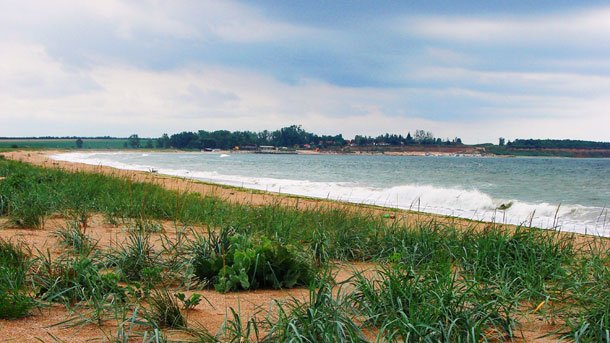
Durankulak is a magnet for hitch-hikers, amateur photographers, artists and folk with romantic souls. However, few are aware that this small haven of wild nature that lies on Bulgaria’s Black Sea coast has millennial history. Along several kilometers of beaches that reach out to the border with Romania, not more than three campsites are available and that is all. One can sight here none of the large hotel complexes, casinos, bars etc., all attributes of mass market tourism. Instead of children’s cackle, pop music rhythms and the whoops of vendors, the beach of Durankulak resounds with the whisper of the sea breeze, the splash of sea waves and with a spontaneous bird choir.

© Photo: Veneta Nikolova
Dozens of bird species some of the them threatened with extinction worldwide, have been nesting in this place in Bulgaria’s Northeastern corner. This is not accidental, since the Via Pontica bird route connecting Europe with Africa passes through this place. One of the stopovers of birds on their way is Lake Durankulak, some six kilometers from the bordner with Romania. Along with large bird colonies, it is the habitat of the red-breasted goose. Almost the entire world population of this rare species spends the winter by the lake surrounded by wild vegetation. During the summer however geese go to the North. In the meantime one can sight flocks of cormorants and other waterfowl dart in the skies above Durankulak. So, visitors sunbathing in the beach are also welcome to enjoy the weird choreography of their sky dance. Getting into the sea for a swim is a chance to have the rewarding company of dolphin pods. The inquisitive mammals are not at all afraid diving close to the shore to the delight of holidaymakers.
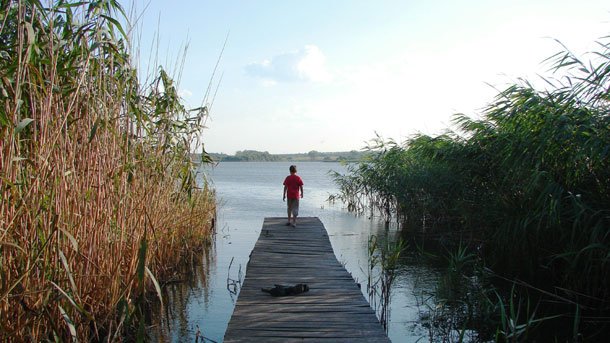
© Photo: Veneta Nikolova
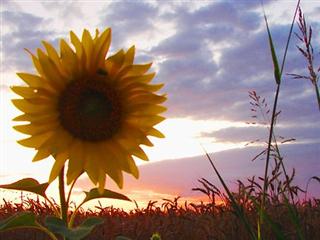
© Photo: Veneta Nikolova
„Currently, the accommodation capacity of Durankulak is used to the full”, explains Evelina Dimitrova, an official from the Municipality of Shabla. “There are no vacancies. There are some tents put up outside the campsite, at the shore of the lake. The region attracts tourists from Bulgaria, Romania, Poland, the Czech Republic and other countries. The village of Durankulak itself is a quiet place with only a few small taverns where some simple traditional food is served, like fish soup, roast red peppers and other niceties.”
There is a small island standing alone in the still waters of Lake Durankulak. Walking along its rocky hills, one comes across some ruins of ancient structures. These are vestiges from a prehistoric settlement that survived in the course of two millennia. It is presumed that humans lived here already in the 6th millennium BC, the Neolithic-Eneolithic Era that was one of the earliest so-called proto-civilizations in human history. Given the absence of forests here, our forefathers started building their houses from stone. Today the remains of those primitive structures have been identified as some of the earliest exponents of stone architecture across Europe.
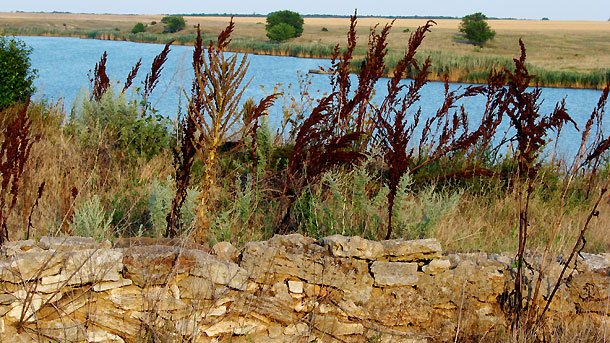
© Photo: Veneta Nikolova
Though for years the unique remains have been neglected, from this fall tourists will be lucky to take a look into the mysterious past of this small piece of land amid water due to a project with European financing. It is committed to cleaning and promoting the island as a sightseeing attraction. A special pile trail is under construction too, and a rope bridge is planned, as well as pavilions, an eco-trail, special information boards and a visitor’s center.
“There are trained guides offering a tour around the island”, Evelina Dimitrova goes on to say. “Tourists are provided with binoculars for bird-watching nesting around. The guides acquaint visitors with the bird diversity of the region and its ancient history.”
A few guesthouses in the village of Durankulak offer hospitality and a nice atmosphere that stands ages away from the overpopulated seaside resorts. Small and lovely hotels, some with outdoor swimming pools are available in the nearby village of Krapets on the southern end of the beach. By the way, this is one of the best preserved beaches on the Bulgarian Black Sea coast, still untainted by investor appetites.
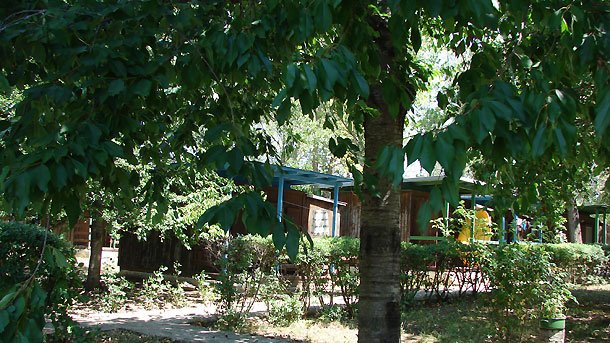
© Photo: Veneta Nikolova
The three local campsites welcome people with adventurous spirit ready to sacrifice the convenience of present-day civilization for the sake of a few days of quiet bliss in this wild haven. Here amid the vast exopanse of the Dobrudja Valley, one can relish one of the most beautiful and most dramatic sunset at this latitude. Shortly before the sun plunges into the waters of Lake Durnakulat the sky above fills up with huge flocks of thousands of birds darting in a frenetic dance around the fireball, while as the night falls, they go down to touch the dark lake waters before they retire to their mysterious haunts.
English version Daniela Konstantinova
From 8 to 10 October, the Business Centre in Veliko Tarnovo will host the 19th edition of the International Exhibition of Cultural Tourism. The specialised exhibition for cultural tourism will present the tourism potential in the field of culture of..
The number of tourists will go up by 20-25% during the coming winter season, tour operators believe. However, they say that the people intending to come to Bulgaria’s resorts are waiting to see a more stable weather forecast due to climate change...
“Sofia for beginners in 55 steps” – this is what the sightseeing tour of the Bulgarian capital, organized by the Visit Sofia municipal enterprise is called. The walking tour, which is free of charge, is 1 hour 45 minutes long, it is suitable for..

+359 2 9336 661
